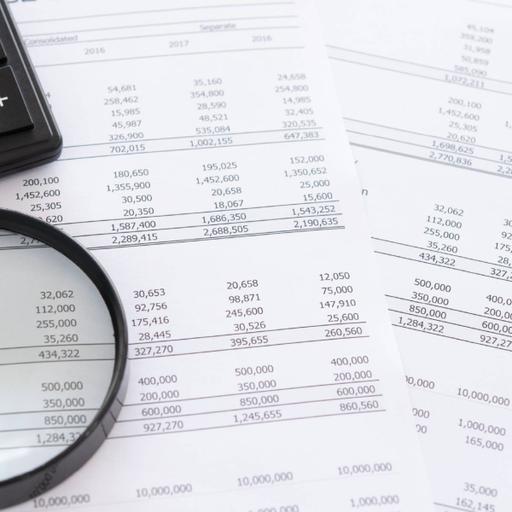Double Entry Systems
Presentations | English
Double entry is a fundamental concept underlying present-day bookkeeping and accounting, states that every financial transaction has equal and opposite effects in at least two different accounts. It is used to satisfy the accounting equation: Assets = liability + equity. With a double entry system, credits are offset by debits in a general ledger or T-account. In the double-entry system, transactions are recorded in terms of debits and credits. Since a debit in one account offsets a credit in another, the sum of all debits must equal the sum of all credits. The double-entry system of bookkeeping standardizes the accounting process and improves the accuracy of prepared financial statements, allowing for improved detection of errors. Debits and credits are essential to the double entry system. In accounting, a debit refers to an entry on the left side of an account ledger, and credit refers to an entry on the right side of an account ledger. To be in balance, the total of debits and credits for a transaction must be equal. Debits do not always equate to increases and credits do not always equate to decreases.

Free
PPTX (36 Slides)
Double Entry Systems
Presentations | English
